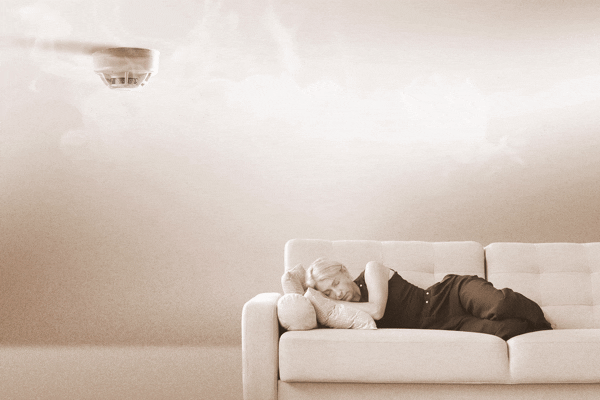Many years ago, I was relaxing in an outdoor yoga class when the instructor invited us to imagine we were on a beach. As my mind began to create a sensory-rich scene, my soul detoured to an unexpectedly more profound experience. I was beckoned to enjoy the beautiful setting at the very park I was in—instead of attempting to mentally escape my reality.
The opening words to Dr. Esther Sternberg’s new book, “Well at Work: Creating Wellbeing in Any Workspace,” echoed a similar promise: “Close your eyes and imagine your happy place. I’ll wager it’s not your office, or your workspace wherever you work! What if you could turn your workspace into that happy place? What if it felt more like a spa than a row of cramped cubicles?”
Turns out the pandemic exodus from the workplace offered people an upgrade from their drab, dark work environments that were often either too hot or too cold. It was a grand lesson on how our work environments can nurture health, happiness, and productivity under the ideal conditions.
American Essence chatted with Dr. Sternberg, who has studied the intersection of health and spaces for more than two decades and holds many titles, including founding director of the University of Arizona’s Institute on Place, Wellbeing, & Performance.
“People don’t want to go back to work in these awful spaces,” Sternberg said. “You can do your head-down work at home. We need spaces to go to that can foster a sense of community, to brainstorm together, and socialize. That works better when you’re physically in person rather than on a video conference call.”






